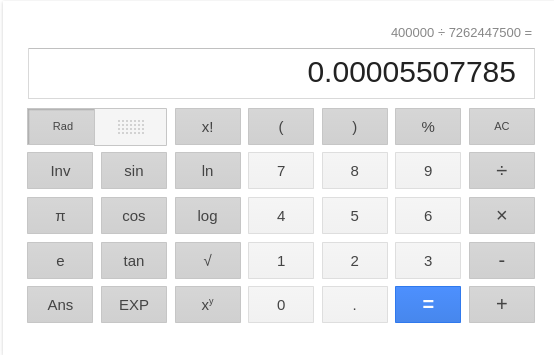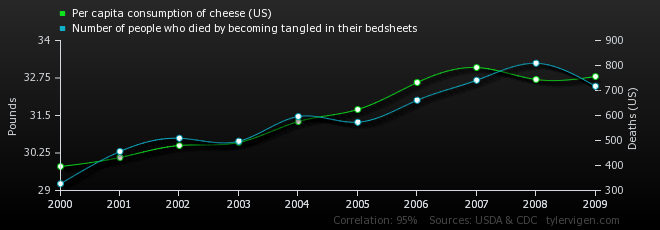LSD Dimensions
From the about page: http://lsd-dimensions.org/dimensions
LSD Dimensions is an observatory of the current usage of dimensions and codes in Linked Statistical Data (LSD).
LSD Dimensions is an aggregator of all qb:DimensionProperty resources (and their associated triples), as defined in the RDF Data Cube vocabulary (W3C recommendation for publishing statistical data on the Web), that can be currently found in the Linked Data Cloud (read: the SPARQL endpoints in Datahub.io). Its purpose is to improve the reusability of statistical dimensions, codes and concept schemes in the Web of Data, providing an interface for users (future work: also for programs) to search for resources commonly used to describe open statistical datasets.
Usage
The main view shows the count of queried SPARQL endpoints and the number of retrieved dimensions, together with a table that displays these dimensions.
- Sorting. Dimensions can be sorted by their dimension URI, label and number of references (i.e. number of times a dimension is used in the endpoints) by clicking on the column headers.
- Pagination. The number of rows per page can be customized and browsed by clicking at the bottom selectors.
- Search. String-based search can be performed by writing the search query in the top search field.
Any of these dimensions can be further explored by clicking at the eye icon on the left. The dimension detail view shows
- Endpoints.. The endpoints that make use of that dimension.
- Codes. Popular codes that are defined (future work: also assigned) as valid values for that dimension.
Motivation
RDF Data Cube (QB) has boosted the publication of Linked Statistical Data (LSD) as Linked Open Data (LOD) by providing a means “to publish multi-dimensional data, such as statistics, on the web in such a way that they can be linked to related data sets and concepts”. QB defines cubes as sets of observations affected by dimensions, measures and attributes. For example, the observation “the measured life expectancy of males in Newport in the period 2004-2006 is 76.7 years” has three dimensions (time period, with value 2004-2006; region, with value Newport; and sex, with value male), a measure (population life expectancy) and two attributes (the units of measure, years; and the metadata status, measured, to make explicit that the observation was measured instead of, for instance, estimated or interpolated). In some cases, it is useful to also define codes, a closed set of values taken by a dimension (e.g. sensible codes for the dimension sex could be male and female).
There is a vast diversity of domains to publish LSD about, and quite some dimensions and codes can be very heterogeneous, domain specific and hardly comparable. To this end, QB allows users to mint their own URIs to create arbitrary dimensions and associated codes. Conversely, some other dimensions and codes are quite common in statistics, and could be easily reused. However, publishers of LSD have no means to monitor the dimensions and codes currently used in other datasets published in QB as LOD, and consequently they cannot (a) link to them; nor (b) reuse them.
This is the motivation behind LSD Dimensions: it monitors the usage of existing dimensions and codes in LSD. It allows users to browse, search and gain insight into these dimensions and codes. We depict the diversity of statistical variables in LOD, improving their reusability.
(Emphasis added.)
The highlighted text:
There is a vast diversity of domains to publish LSD about, and quite some dimensions and codes can be very heterogeneous, domain specific and hardly comparable.
is the key isn’t it? If you can’t rely on data titles, users must examine the data and determine which sets can or should be compared.
The question then is how do you capture the information such users developed in making those decisions and pass it on to following users? Or do you just allow following users make their own way afresh?
If you document the additional information for each data set, by using a topic map, each use of this resource becomes richer for the following users. Richer or stays the same. Your call.
I first saw this in a tweet by Bob DuCharme. Who remarked this organization has a great title!
If you have made it this far, you realize that with all the data set, RDF and statistical language this isn’t the post you were looking for. 😉
PS: Yes Bob, it is a great title!


